Rat Bait poisoning and your pet
I have seen an unusually large amount of Pets lately who have accidentally eaten rat baits.
This naughty puppy managed to grab this bucket that was sealed, up high on a bench AND contained a bittering agent!
In a lot of cases the pet has managed to find the bait lying around, or some that has been hidden under or behind objects like cupboards or fridges.
How Does Rat Poison Work?
Rat or mice baits are designed to simply stop blood from clotting, so they in essence encourage bleeding that cant stop.
Rat bait acts as a anticoagulant (Prevents the blood from clotting), by depleting the supply of Vitamin K in the body. The fat soluble vitamin K is essential in the formation of clots in the blood stream. It can take 1-5 days after ingestion to see signs of rat bait poisoning.
What types are there?
There’s two major types of rat bait, 1st generation (such as Ratblitz) has the active ingredient Warfrin, the 2nd generation (Ratsak/Talon) has the active ingredient Brodifacoum.
What are the signs of rat bait toxicity?
- pale gums or pinpoint hemorrhages on the gums.
- lethargy.
- bruising under the skin, ear or eyes.
- blood in vomit, urine or feces.
- bleeding from the nose.
- Continuous bleeding from open wounds.
more severe symptoms are:
- Vomiting or diarrhoea
- Coughing or respiratory difficulties
- Lameness
- Seizures or muscles tremors
What to do you suspect your pet has rat bait toxicity?
Whether you witness ingestion or just notice symptoms of toxicity, you should bring the product package and your pet to the veterinarian immediately to begin treatment. The sooner treatment begins the higher chances of recovery.If the poisoned patient is a mother with babies drinking her milk, bring the young as well. As it is possible the poison may pass from mothers milk to infant.
Treatment?
In most cases if they have eaten the bait in the last few hours we have to make them bring it up
sometimes we perform a gastric lavage, followed by IV fluids. Vitamin K1 is preferably given as a oral treatment, and the treatment is continued for 3-6 weeks. In more severe cases of intoxication, blood transfusions and hospitalization may be required.
Prognosis?
The earlier treatment begins the higher the chance of recovery. If treatment begins early the chance of recovery is high, once symptoms begin the chances are lower, but still possible if treatment begins immediately. Other factors also including, amount ingested, time since ingestion, and whether it was thrown up (some animals will try to throw up the poison, or its source).
If you suspect your pet has eaten a rat bait please ring us on 0741513550 immediately.

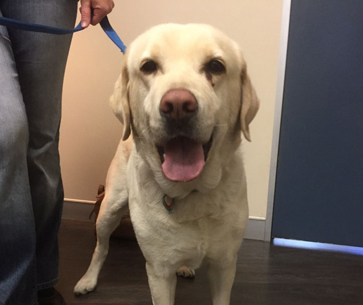
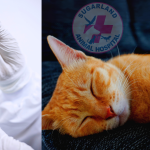
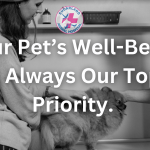



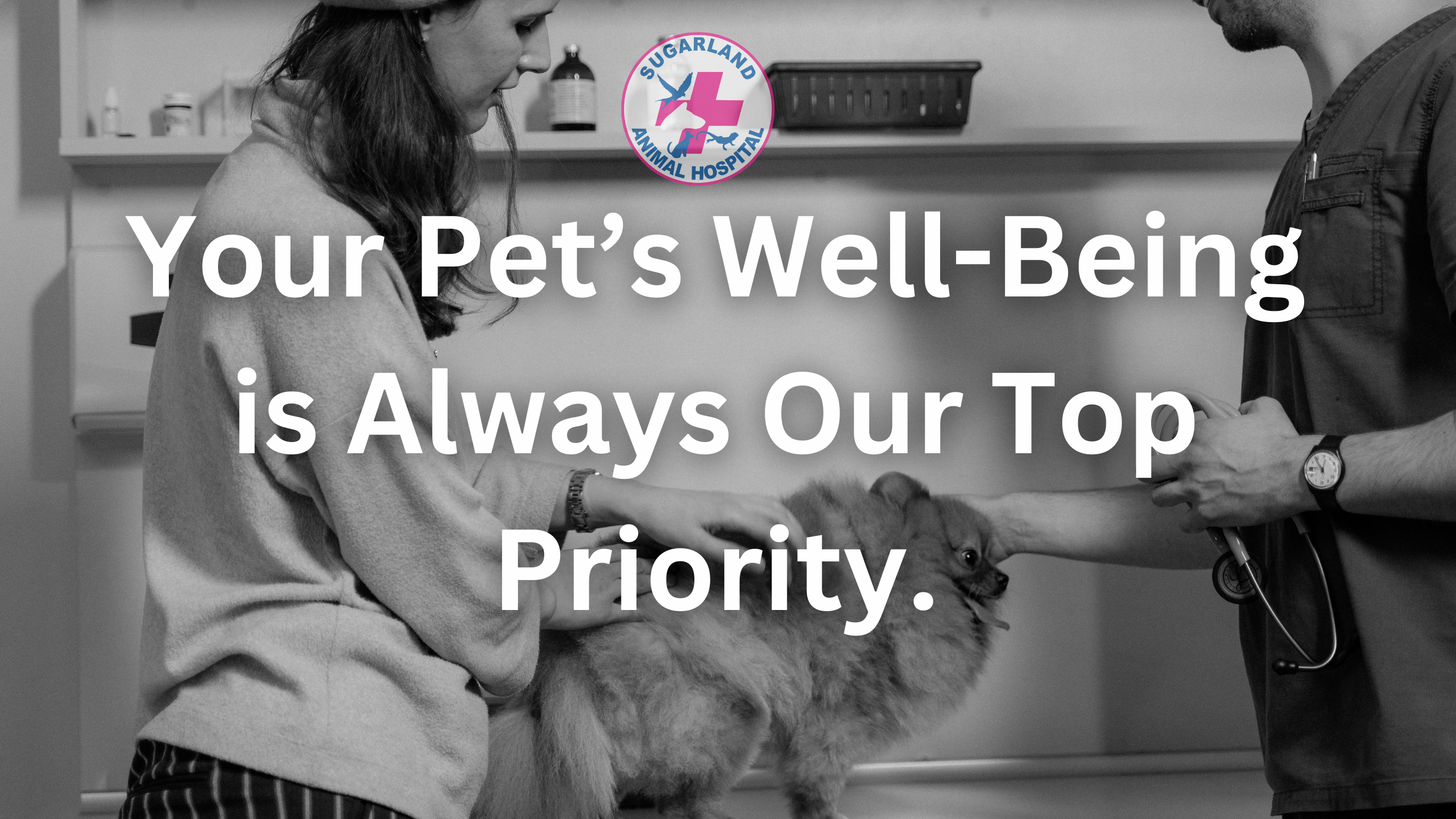
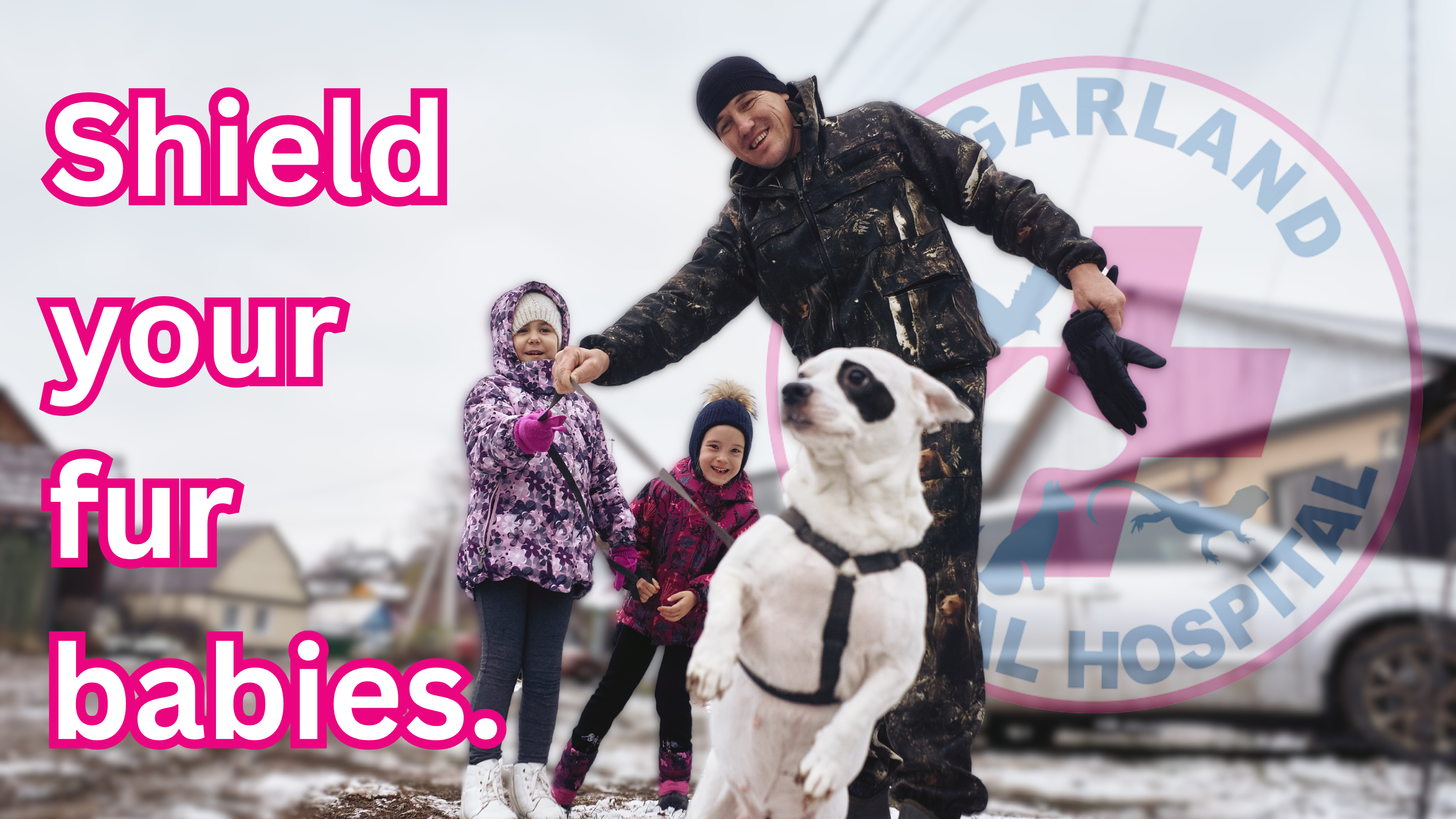
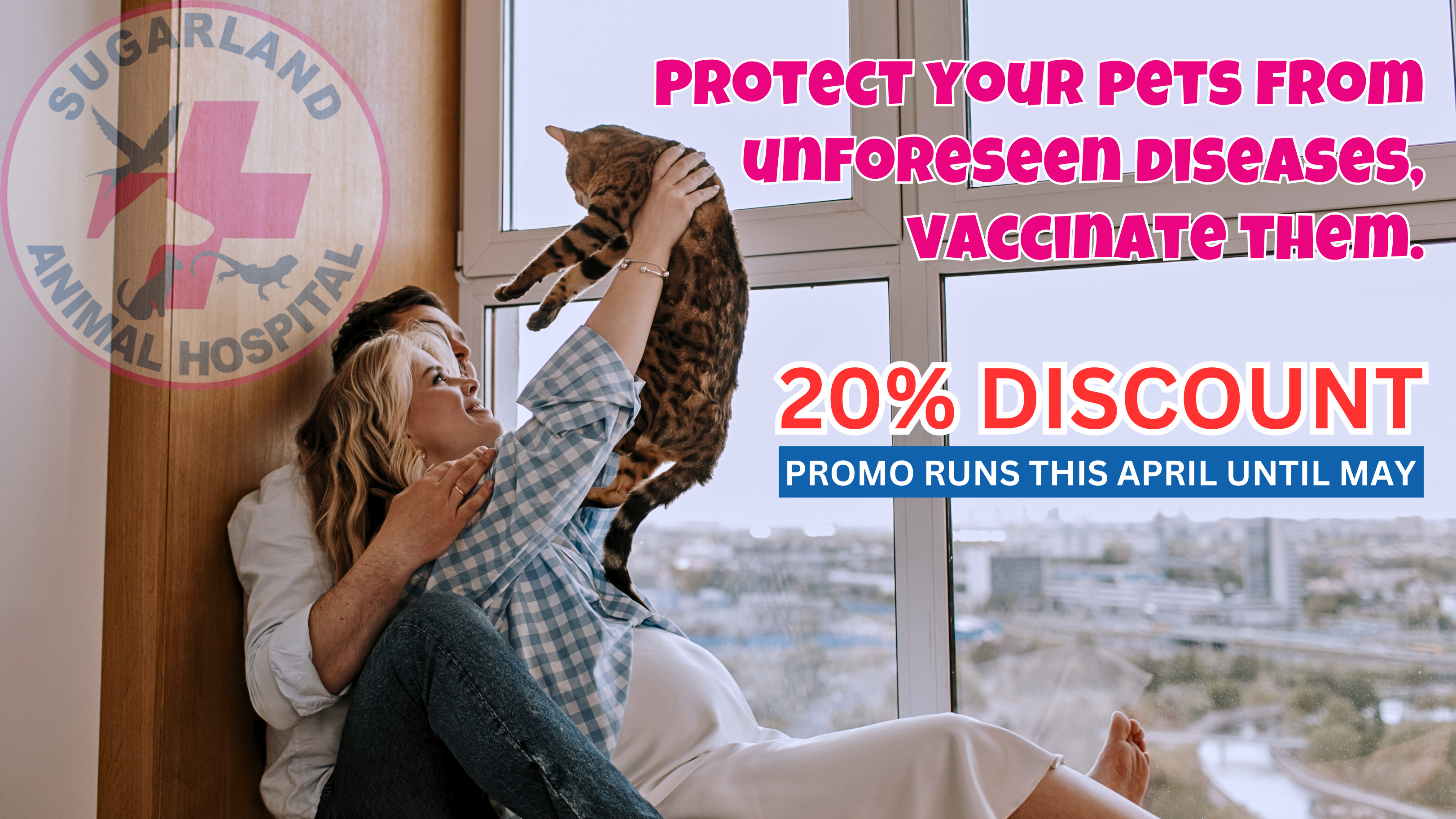

Thank you for such clear information I live in Brisbane but found your instructions the best thanks